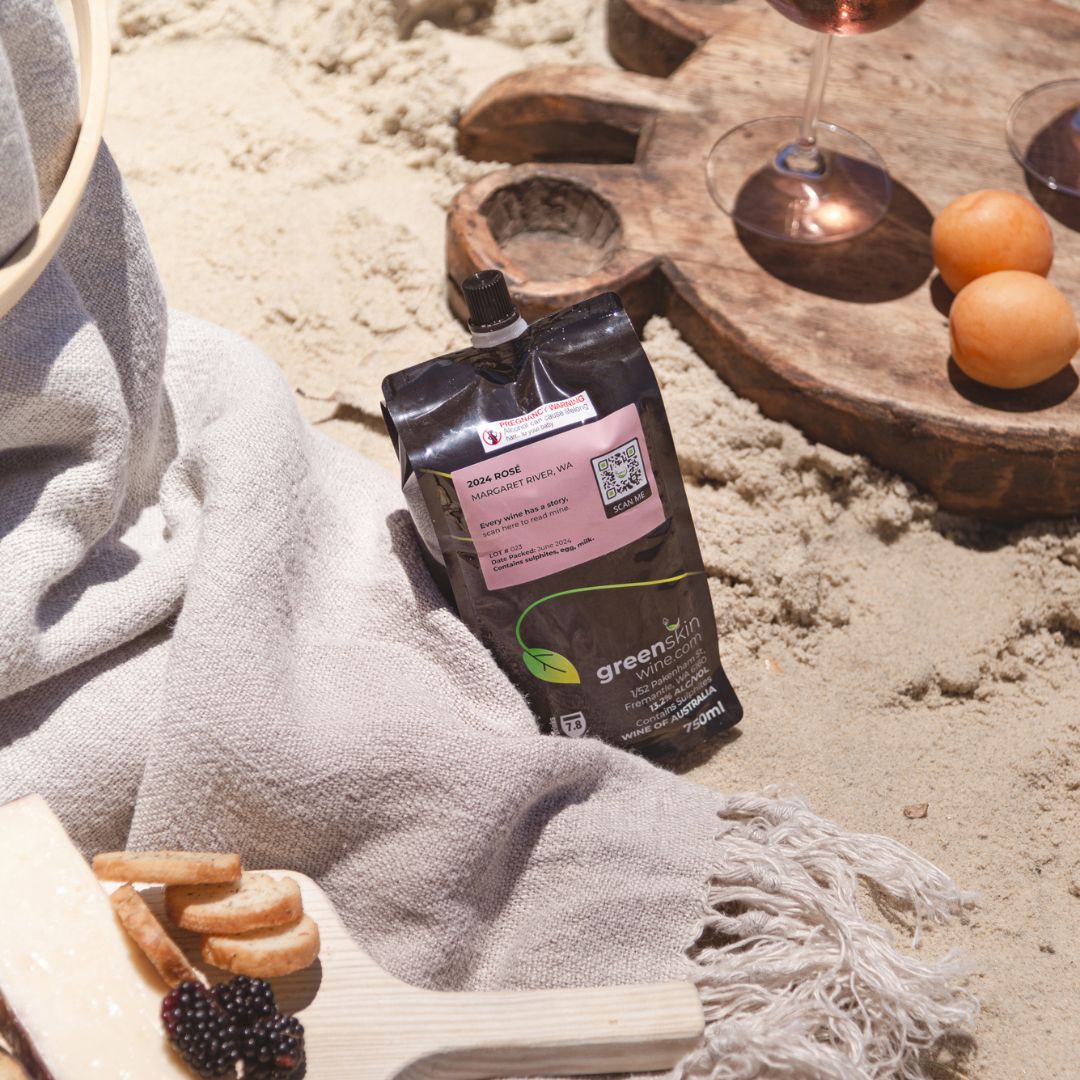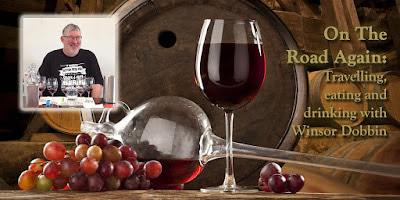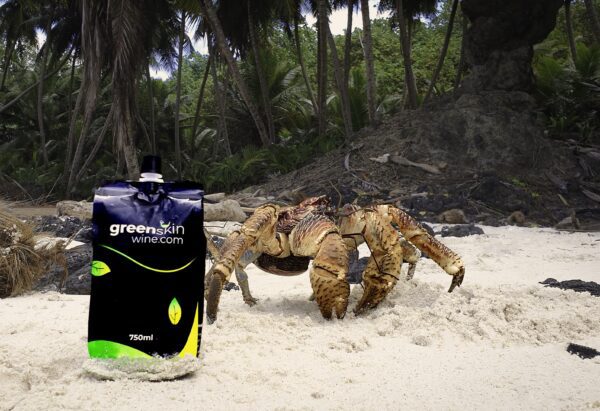
Rosé Wine Everything You Need to Know
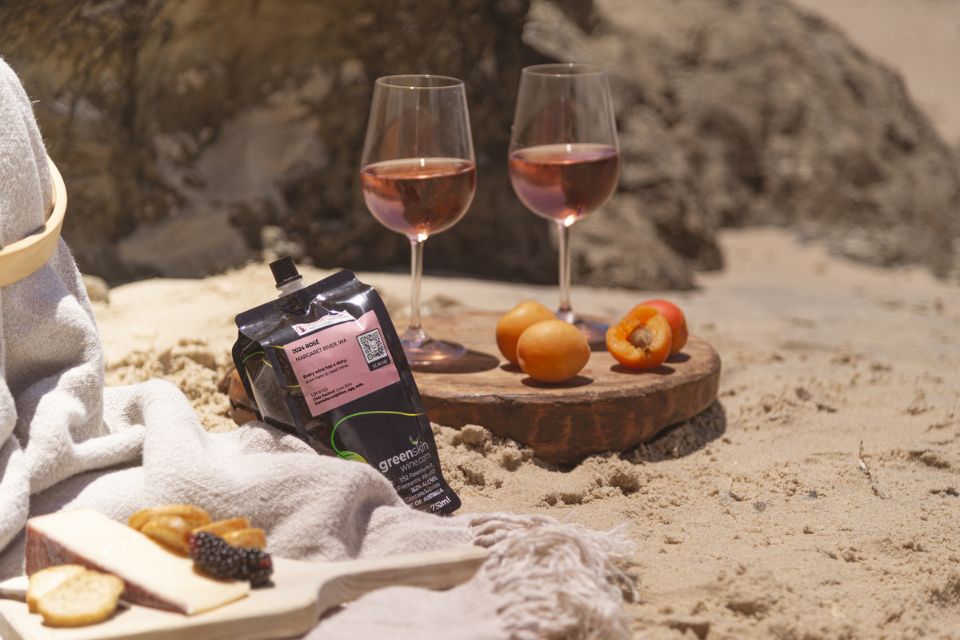
Rosé Wine Everything You Need to Know
Rosé, with its alluring pink hue and refreshing taste, has become a favourite among wine enthusiasts worldwide.
Often associated with warm summer days and outdoor gatherings, Rosé is more versatile than you might think. Let’s explore this delightful wine’s charm, diversity, and nuances.
What is Rosé?
Rosé is a wine that incorporates some of the colours from grape skins but not enough to qualify it as a red wine.
It can be made still, semi-sparkling, or sparkling and has a wide range of sweetness levels, from dry Provençal rosé to sweet White Zinfandels and blush wines.
How is Rosé Made?
There are several methods to produce Rosé wine, each imparting different characteristics to the final product:
Maceration: This is the most common method. Red wine grapes are crushed, and the skins are allowed to remain in contact with the juice for a short period, usually a few hours to a few days. The longer the contact, the deeper the colour.
Saignée: Also known as the “bleeding” method, Saignée involves removing a portion of the juice from the must early in the fermentation of red wine. This method enhances the concentration of the red wine while producing a by-product that becomes Rosé.
Blending: This less common method involves blending a small amount of red wine with white wine to achieve the desired colour and flavour. This technique is often used for sparkling Rosé, including Champagne.
Varietals and Regions
Rosé can be made from almost any red grape variety. Some of the most popular grapes used in Rosé production include Grenache, Syrah, Mourvèdre, Pinot Noir, Sangiovese, and Tempranillo.
Prominent regions known for producing exceptional Rosé wines include:
Provence, France: Arguably the most famous region for Rosé, Provence Rosés are typically dry, with a light body, and feature flavours of strawberry, watermelon, and rose petal.
Tavel, France: Known for more robust and darker Rosés, often with higher alcohol content and fuller body.
Spain: Known as Rosado, Spanish Rosés often come from regions like Rioja and Navarra, made primarily from Garnacha (Grenache) and Tempranillo grapes.
Italy: Known as Rosato, Italian Rosés are produced in regions like Veneto and Puglia, using varietals like Sangiovese and Barbera.
United States: California, in particular, produces a wide variety of Rosés from grapes such as Pinot Noir, Zinfandel, and Grenache.
Australia: Australian Rosés are made in regions like Margaret River, the Barossa Valley and Yarra Valley, using a diverse range of grapes, including Shiraz, Grenache, and Sangiovese. These Rosés are known for their vibrant fruit flavours and crisp acidity.
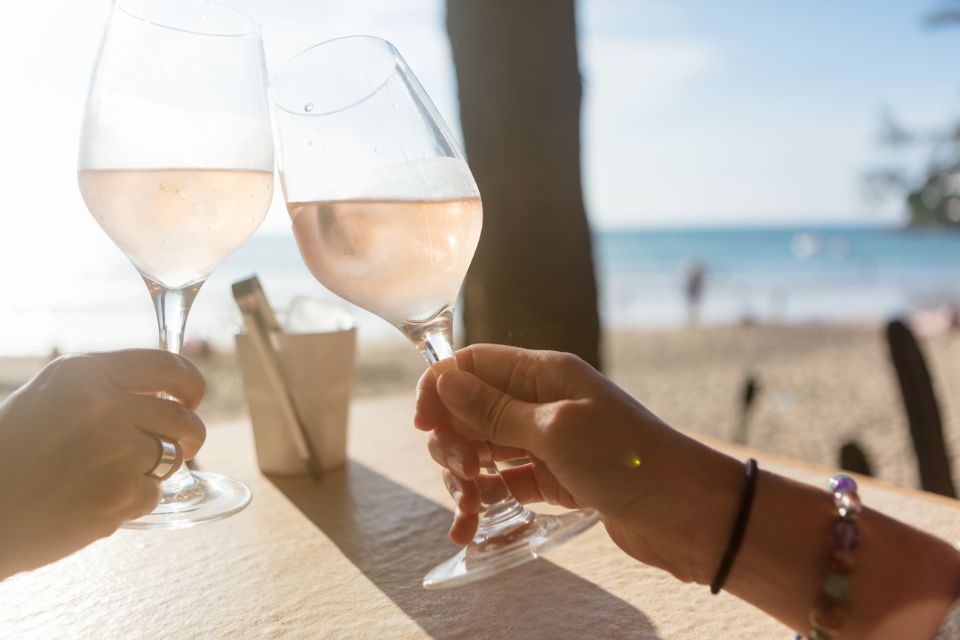
Rosé Flavour Profile
Rosé wines can range from very dry to sweet, with a spectrum of flavours depending on the grape varieties used and the winemaking techniques.
Common flavour notes include:
- Fruits: Strawberry, raspberry, cherry, watermelon, and citrus.
- Floral: Rose petal, hibiscus, and sometimes even lavender.
- Herbal: Mint, basil, and thyme, often found in more complex Rosés.
.
The wine’s acidity makes it refreshing, while the short maceration period provides just enough tannin structure to balance the wine without overwhelming the palate.
Rosé Food Pairing
One of the great strengths of Rosé wine is its versatility with food. Here are some pairing suggestions:
- Light Appetizers: Fresh salads, bruschetta, and charcuterie boards.
- Seafood: Grilled shrimp, salmon, and sushi.
- Poultry: Roast chicken, turkey, and duck.
- Spicy Dishes: Rosé can handle a bit of heat, making it a great match for dishes like Thai curry and Mexican cuisine.
- Cheeses: Fresh cheeses like goat cheese, mozzarella, and feta.
Rosé wine Serving Tips
To get the most out of your Rosé wine experience, serve it chilled but not too cold.
The ideal temperature is around 45-55°F (7-13°C). This will enhance the wine’s refreshing qualities and allow its delicate flavours to shine.
The wash up:
By understanding the different methods of production, varietals, and regions, you can better appreciate the complexities and nuances that Rosé wine has to offer.
Whether you’re a seasoned connoisseur or a casual sipper, there’s always something new to discover in the world of Rosé.
Rosé wine is a delightful, versatile option for any wine lover’s collection. Whether you prefer it dry or sweet, still or sparkling, there’s a Rosé out there for you.
So next time you’re looking for a refreshing, food-friendly wine, consider reaching for a bottle of Rosé and enjoy its unique charm.
Cheers,

Mike and Kim
greenskin wine - 2024 Rosé
quality assurance guarantee
We stand firmly behind the quality of our wines and offer our money-back guarantee – your ticket to a risk-free wine adventure. See full details here Quality Assurance Guarantee.
Want to know more?

